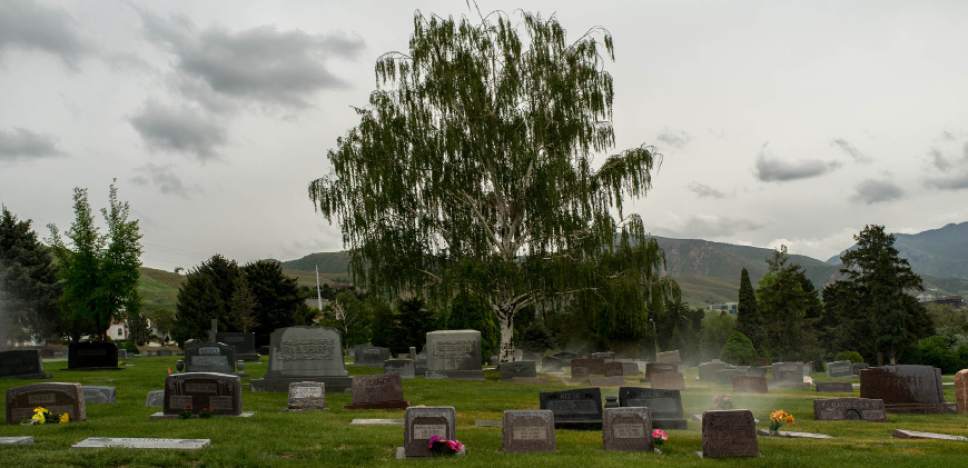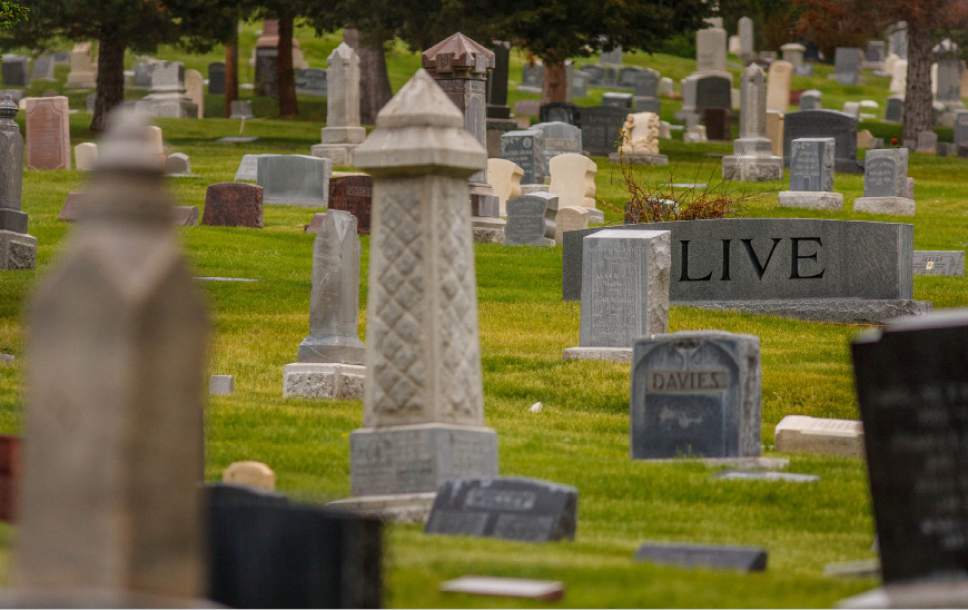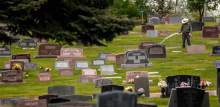This is an archived article that was published on sltrib.com in 2017, and information in the article may be outdated. It is provided only for personal research purposes and may not be reprinted.
Salt Lake City residents are once again invited to weigh in on the future of their near-capacity cemetery.
A public review of the city's draft master plan will be held Wednesday from 4:30 p.m. to 7:30 p.m. at the Salt Lake City Main Library in basement conference rooms A and B.
Sexton Mark Smith said Monday that a copy of the draft plan isn't available but that it's informed by two previous open houses on multiple use and preservation of the cemetery.
A final document is expected to be produced by the end of June, according to a city news release.
Located on 120 acres between N and U streets and 4th Avenue and 11th Avenue, the cemetery was formally established in 1851.
Nancy Monteith, a city landscape architect, said the impetus for the study was the poor condition of the cemetery's 9.5 miles of roads.
Only 900 of its 130,000 burial sites remain open for sale — the cemetery's primary source of revenue.
Among the revenue-generating options contemplated by the city is construction of a columbarium, a free-standing wall in which urns could be placed. The square footage required for four burials could hold 80 urns, Smith said.
Other funding sources explored in a feasibility review include a bond or a monthly parking fee.
Monteith said the city's first priority is "to get some confirmation of support for the improvements and some acknowledgment of which improvements seem to make the most sense."
As for multiple use, Smith said, "What we've heard from the public is they don't want to see a lot of change in here, but they want to show people what a historic gem this is."
Possible improvements include bike paths and walking paths and an arboretum tour, Smith said.
Monteith said the maintenance building could be moved to create an "entry experience," and that "if we can look at [the cemetery] as a historic landscape with all the stories of Salt Lake City interned there, and people use it as such, there will be more benefit and more support for what the cemetery needs."
More information is available at http://www.slcgov.com/cemetery.
Matthew Piper







